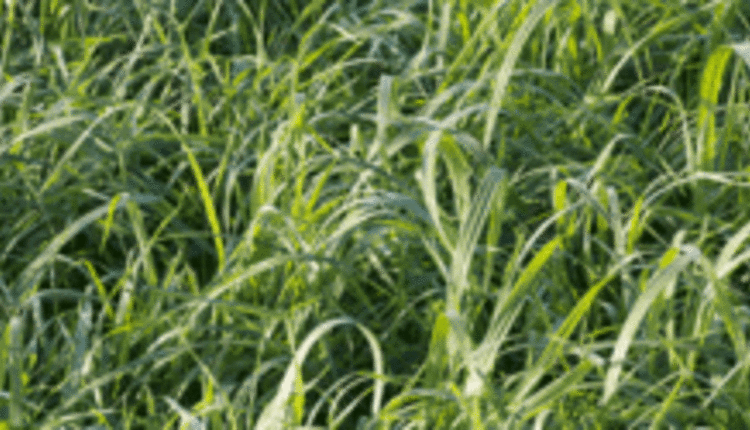
Pitchers and catchers have reported to their respective camps and that’s a welcomed sign that baseball season is soon to be. It’s also a signal of greening and growing pastures (or soon will be), and that’s the cue for special attention to grass tetany prevention.
Known by a number of names — grass staggers, hypomagnesemia, magnesium tetany or wheat/rye pasture poisoning, grass tetany is a risk to all classes of livestock, especially those on spring pastures. It has no geographical borders.
The root cause of grass tetany is a deficiency of magnesium (Mg) in the animal’s bloodstream. A series of factors come into play that makes early spring a time of year when low serum Mg is most problematic.
With spring-calving cows in heavy lactation, the metabolic need for more Mg in the diet is higher.
At this same time of an enhanced Mg requirement, the lush, green pasture growth of early spring contains lower levels of certain minerals, including Mg. Forage Mg levels can be further reduced if soils are high in potassium (K) or heavily fertilized with nitrogen (N). Potassium, though an essential nutrient, is antagonistic to Mg uptake by the plant and to absorption in the animal’s digestive tract.
Pasture considerations:
Step one in preventing grass tetany is to monitor soil fertility and rectify any deficient or excessive nutrient issues. Apply adequate rates of N for sustained grass growth but either make split applications or use slow-release N sources. If soils are low in Mg, dolomitic limestone (13 percent Mg) or magnesium oxide (60 percent Mg) can be applied as high-Mg soil amendments. Plant tissue testing can be used to verify the Mg content of spring pastures.
Other management strategies worth consideration include the introduction of legumes into pastures that are predominantly cool-season or cereal grasses. Legumes both diversify the diet and also help provide a higher level of Mg nutrition. Pastures with aftermath forage from the previous fall are also less prone to induce grass tetany. If possible, delay grazing spring pastures until they are 8 to 10 inches tall.
Animal considerations:
Lactating animals are most prone to grass tetany, including those in late gestation. Livestock types, and even breeds, vary in their susceptibility to grass tetany. Symptoms may vary and include muscle tremors, frequent urination, a staggered walking pattern, erratic behavior, hypersensitivity to touch, convulsions and ultimately death.
Livestock specialists note that animals have limited ability to access Mg from body reserves; a consistent intake is important. Lactating beef cows should consume about 0.20 to 0.25 percent Mg in their diet on a dry matter basis, or the equivalent of about 15 to 25 grams daily.
Additional Mg is most often supplied through the mineral mix. Supply a high-Mg mineral mix (10 to 15 percent Mg) about a month before livestock are introduced to high-risk pastures. Cattle also require additional salt intake to aid in Mg absorption, while too much potassium will reduce Mg absorption.
Palatability is sometimes a problem with mixes having higher amounts of magnesium oxide. Monitoring mineral intake is needed to verify that cattle are consuming enough Mg. Dry molasses or ground corn can be added to ensure adequate intake.
Grass tetany can cause significant economic loss if grass pastures and livestock aren’t closely monitored in early spring. Often, environment conditions play a role in the onset of grass tetany. Cool, wet and cloudy conditions reduce plant Mg uptake from the soil. If these conditions are followed by more favorable sunny and warm weather, growth accelerates and grass tetany becomes a higher risk.
